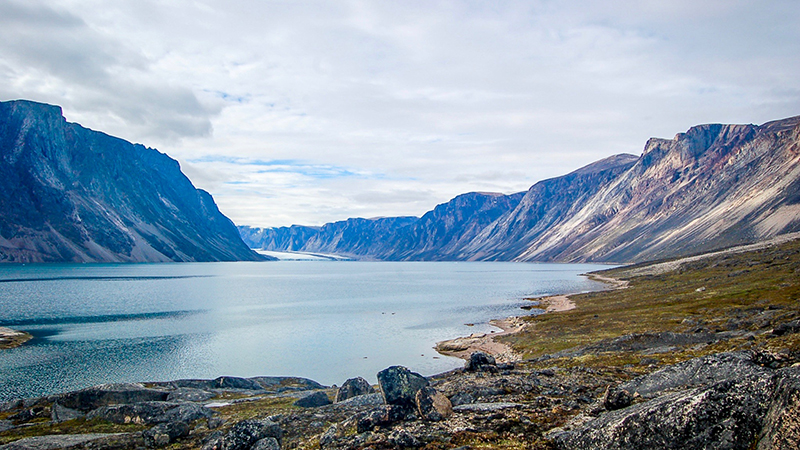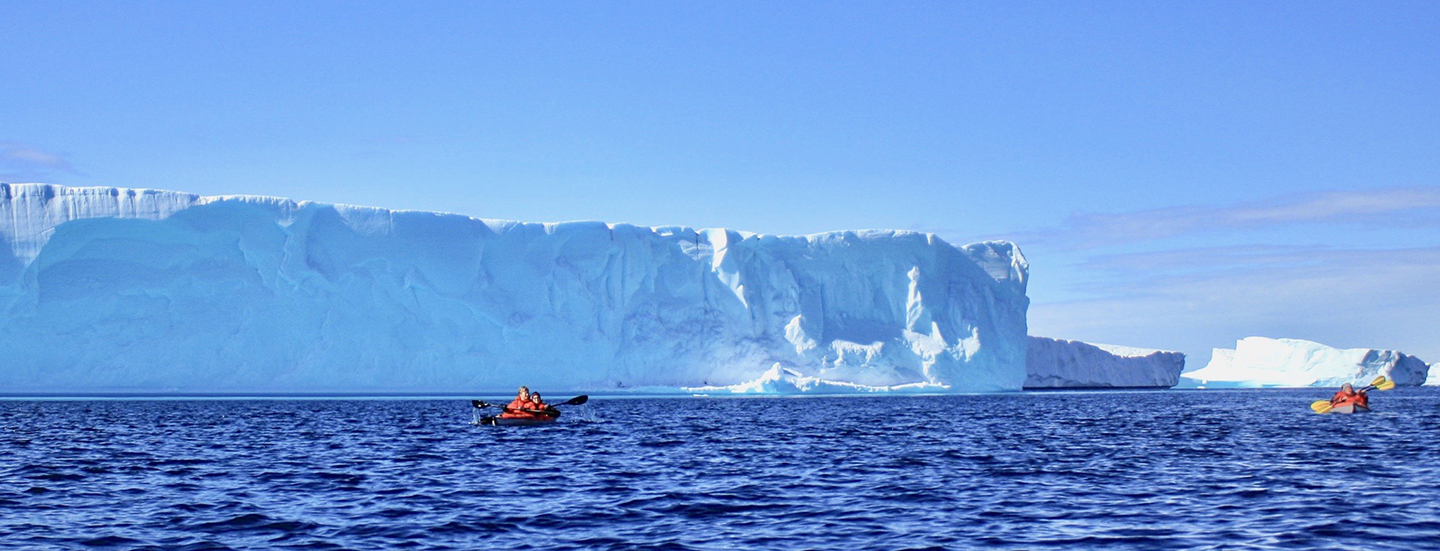
We hike along the glacially fed Sylvia Grinnell River, its water sparkling iridescent blue under lingering snowdrifts. When we have walked far enough, we build a campfire with timber purchased in town (there isn’t exactly an abundance of firewood north of the tree line); we cook dinner, sip drinks and laugh late into the evening. When I finally check my watch, it’s almost midnight—yet the sun continues to shine above.
Most of my summers have passed in a familiar fashion: canoe trips in Algonquin, barbecues on Sunday afternoons, weekends at the cottage. But my favourite summer, by far, was entirely different: For four months, I lived on Nunavut’s Baffin Island, working as a tour guide under a nearly constant midnight sun. For many Canadians, Nunavut doesn’t really register as a travel destination. Little is known about the territory besides polar bears and endless ice. But for those willing to take an unconventional vacation, a summer in the Arctic is unforgettable.



